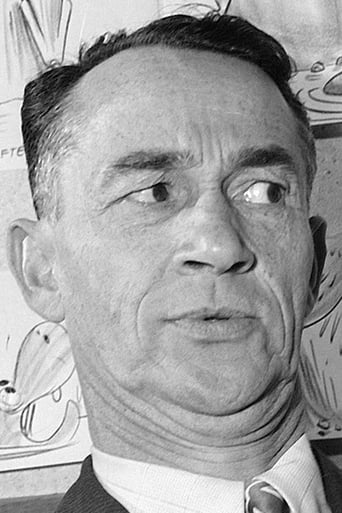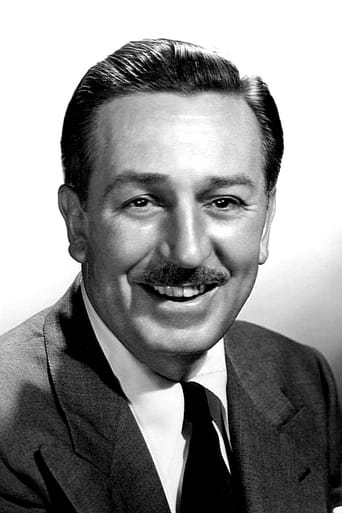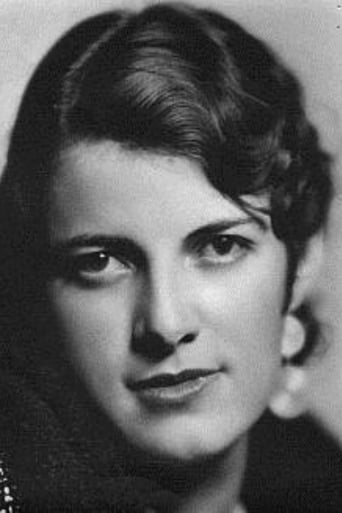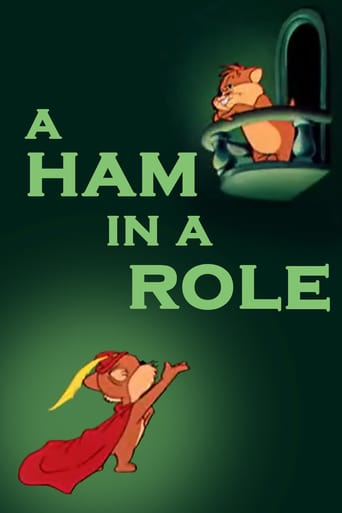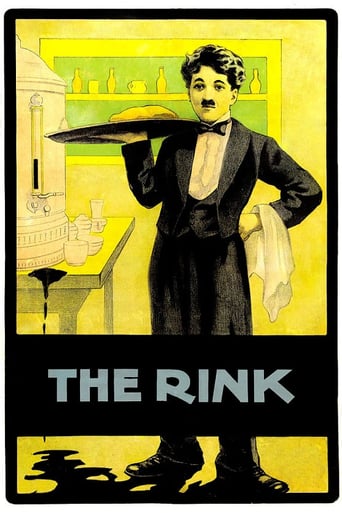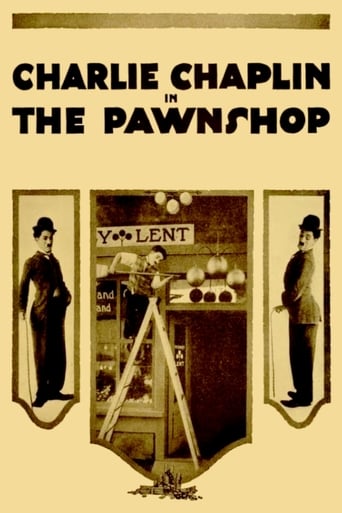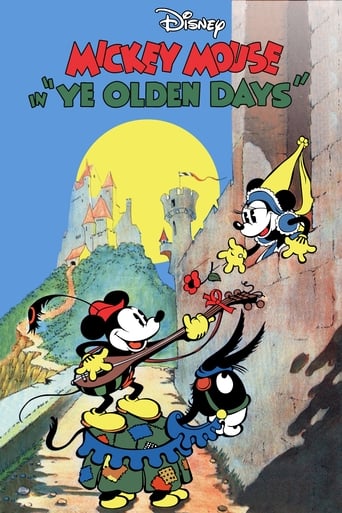
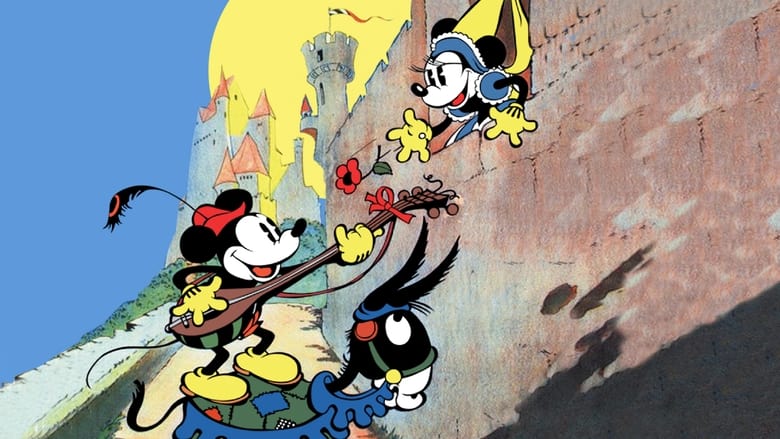
Ye Olden Days (1933)
The princess is to wed the Prince against her wishes. When she refuses, the king locks her in the tower. Minstrel Mickey sees her and rescues her, making a rope from the clothes of lady-in-waiting Clarabell. The king spots them and prepares to chop off Mickey's head until Minnie intercedes. The king calls for a joust. Mickey wins and they live happily ever after.
Watch Trailer
Cast
Similar titles
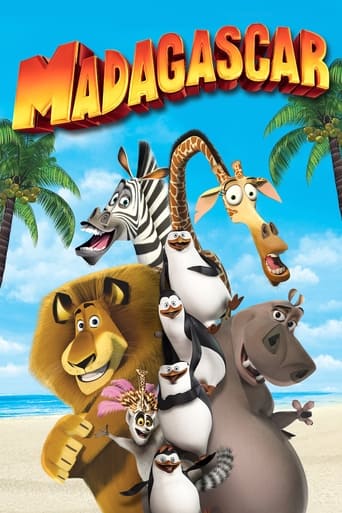

Reviews
Absolutely brilliant
I like movies that are aware of what they are selling... without [any] greater aspirations than to make people laugh and that's it.
This is one of the few movies I've ever seen where the whole audience broke into spontaneous, loud applause a third of the way in.
It really made me laugh, but for some moments I was tearing up because I could relate so much.
This is an early Mickey Mouse cartoon produced by the Disney studio. There will be spoilers ahead:This is a very good short, with Mickey playing a wandering minstrel, Minnie a princess and Goofy (here named Dippy Dawg) as a prince, of all things.The king announces Minnie's impending wedding to Goofy, to which she objects strenuously by slapping him repeatedly. He should have run after the first slap. Minnie is banished to the attic by the king. Mickey sees this and goes outside the attic window to vow (in "song") that he'll rescue her, then floats up to her window and into the attic, asking her if she has a rope! If she had a rope, she wouldn't need rescuing.While king and court are pigging out at the banquet (at which the guillotine is put to a creative use) Mickey and Minnie are escaping out the window on an improvised rope made from Clarabelle Cow's clothing (don't ask!). They get caught because the short needs a stirring ending, so Mickey gets introduced to the guillotine in its traditional form of usage. Minnie pleads that she loves this complete stranger and the king suggests a duel, in the form of a joust. This takes up most of the last two minutes and is hilarious. The outcome is obvious and the ending is cute.This short is available on several DVDs and is well worth tracking down.
This Disney cartoon is a treat for buffs: it's a clever mini-musical with a fast-moving plot, good "production values," and cute gags, made when the enormous popularity of Mickey Mouse was reaching the level of a worldwide phenomenon. Walt's animators were really hitting their stride by the early '30s, and were continually developing new techniques and promptly improving them. In the best Mickey entries, and even in the routine ones, the filmmakers achieve a level of finesse that is pleasurable to experience, in and of itself. These shorts still look great, even after all the decades of technological advances that have taken animation to new realms. Ye Olden Days may not be the funniest or most dazzling cartoon from this rich period, but it wins the day on sheer charm.The opening credits set the tone: we're in the age of Ivanhoe, and the familiar Disney characters are all playing roles in a Medieval pageant. "Ye Caste" includes Mickey Mouse in the lead as "Ye Wandering Minstrel," Minnie is "Ye Princess," etc. It's also notable that Goofy hasn't yet evolved into the character we know; here he's playing a Prince and is billed as Dippy Dawg, the name for his earliest incarnation. As it turns out he's Mickey's nemesis and rival for Minnie's hand—which would be unthinkable later on, once his persona was fully established. Minnie's father, "Ye Olde Kinge," is a large furry creature who seems villainous at first, in part because he resembles Peg Leg Pete. In the opening scene it's established in fairy tale style that the King has decreed his daughter must marry a Prince from a neighboring kingdom this very day. Unfortunately, the Prince is a fool and the Princess refuses to follow her father's wishes. So the King has his daughter locked in a jail cell in the tower, along with her lady-in-waiting (a nice character role for Clarabelle Cow). Mickey the wandering minstrel shows up riding his humble mule at this juncture, and immediately sets about to rescue the Princess.In this film Mickey is endowed with almost magical powers, suggestive of Felix the Cat. For instance, once he reaches the castle he effortlessly shinnies up a tree alongside the tower, pausing only long enough to serenade Minnie and win her heart. That accomplished, Mickey steps onto a branch which bends down and then swings slowly upward, sending him smoothly through Minnie's window. It's like he's flying. Things like this only happen in our dreams, or in the movies. Complications set in when Mickey attempts to spirit the Princess away and is caught, and nearly guillotined. Soon he must fight a duel with the Prince, and this event is celebrated with a peppy song. It wasn't until I saw this cartoon a second time that I caught all the lyrics: "We're gonna have a duel, we're gonna have a duel/Which ever one survives the slaughter, wins the hand of my fair daughter!" That's a little surprising for a Disney cartoon, and so is a quick sight gag towards the end, involving a portrait of a horse. But this was still the early '30s; the Production Code wasn't being enforced yet, and filmmakers could get away with things that would be red-penciled a year or two later, even in cartoons.In any case, Mickey and Goofy (or "Dippy") engage in spirited combat with lances, while their steeds duke it out with their hooves. It's quite a rousing finale, even if we're pretty sure that Mickey is ultimately going to prevail, and when the fight is over another cute gag wraps up the show. Anyone who wants to know why Mickey was a folk hero in the 1930s should give Ye Olden Days a look. There's a reason the Disney studio became such a powerhouse: these films made a lot of people happy at a desperate time, and in the best ones the magic still works.
"Ye Olden Days" marks the first major role for 'Dippy Dawg'--a character who soon became known as Goofy. However, Dippy is not one of the good guys in this cartoon. And soon it's Dippy versus Mickey--something that wouldn't happen later--once they became goof friends in later cartoons.This one is set in the Middle Ages--making it a nice change up from the usual time and place. Minnie is a princess and her father, the king, has decided she must marry Prince Dippy. However, she is horrified of the idea of marrying him and he locks her in the tower when she refuses. There, she and Clarabelle cry their eyes out--and are overheard by a wandering minstrel (Mickey). Mickey is caught trying to rescue them and the crowd insists that Mickey must fight a duel with Prince Dippy--the winner take all.The animation is great and the story quite charming---what more could you want?!
A Walt Disney MICKEY MOUSE Cartoon.In YE OLDEN DAYS, medieval minstrel Mickey tries to rescue Princess Minnie from marrying a foolish, dimwitted Prince.This is an excellent old black & white cartoon and features fine animation, action & plenty of humor. As the Prince, Goofy appears in his early - and blessedly brief - Dippy Dawg incarnation. A feisty Clarabelle Cow plays Minnie's lady-in-waiting. Walt Disney provides Mickey's squeaky voice.Walt Disney (1901-1966) was always intrigued by drawings. As a lad in Marceline, Missouri, he sketched farm animals on scraps of paper; later, as an ambulance driver in France during the First World War, he drew figures on the sides of his vehicle. Back in Kansas City, along with artist Ub Iwerks, Walt developed a primitive animation studio that provided animated commercials and tiny cartoons for the local movie theaters. Always the innovator, his ALICE IN CARTOONLAND series broke ground in placing a live figure in a cartoon universe. Business reversals sent Disney & Iwerks to Hollywood in 1923, where Walt's older brother Roy became his lifelong business manager & counselor. When a mildly successful series with Oswald The Lucky Rabbit was snatched away by the distributor, the character of Mickey Mouse sprung into Walt's imagination, ensuring Disney's immortality. The happy arrival of sound technology made Mickey's screen debut, STEAMBOAT WILLIE (1928), a tremendous audience success with its use of synchronized music. The SILLY SYMPHONIES soon appeared, and Walt's growing crew of marvelously talented animators were quickly conquering new territory with full color, illusions of depth and radical advancements in personality development, an arena in which Walt's genius was unbeatable. Mickey's feisty, naughty behavior had captured millions of fans, but he was soon to be joined by other animated companions: temperamental Donald Duck, intellectually-challenged Goofy and energetic Pluto. All this was in preparation for Walt's grandest dream - feature length animated films. Against a blizzard of doomsayers, Walt persevered and over the next decades delighted children of all ages with the adventures of Snow White, Pinocchio, Dumbo, Bambi & Peter Pan. Walt never forgot that his fortunes were all started by a mouse, or that simplicity of message and lots of hard work always pay off.
